SEIS/EIS & Multiple Companies: Avoid Disqualification Risks

Written by:
Daniel Scott
Partner & Head of Accounting
Founders with Multiple Companies: Navigating the Risk of SEIS/EIS Disqualification
It’s one of those questions I hear almost every week: “I’ve got more than one company, can I still raise under SEIS or EIS?”
The short answer is yes, but with caveats. HMRC looks very closely at founders with multiple businesses, and the wrong structure can easily disqualify your round. If SEIS/EIS is the lifeblood of your fundraising strategy, you need to understand how these rules work.
Why Multiple Companies Raise Red Flags
SEIS and EIS were designed to support genuinely early-stage, high-risk businesses. If a founder is connected to other companies, HMRC worries that money will leak into the wrong place, that relief will subsidise something ineligible, or that the “startup” isn’t really as early stage as it looks.
The rules don’t ban founders from being involved in more than one company but they do test whether the company raising funds is genuinely independent, genuinely trading in a qualifying activity, and not part of a wider structure that bends the spirit of the schemes.
Group Structures and Subsidiaries
This is where many founders stumble. If your SEIS/EIS company owns, or is owned by, another company, HMRC applies strict conditions.
- The company raising under SEIS/EIS must be the
parent at the top of the group. Subsidiaries are allowed, but they must be at least 90% owned and carry out qualifying activities.
- If the SEIS/EIS company is itself controlled by another entity, it won’t qualify. Investors want reassurance that the company they’re backing is the genuine trading vehicle.
So if you’ve got multiple ventures, you need to be clear which one will be the “vehicle” for investment, and how its relationship with other entities is structured.
Connected Persons and Control
HMRC also looks at “connections” between investors, founders, and other companies. For example, if you control two companies, HMRC may treat them as linked when testing eligibility criteria such as gross assets, employee numbers, or trading age.
This matters because the thresholds are strict: for SEIS, gross assets must be under £350,000 before the share issue, and the company must be under three years old. If HMRC considers another company’s assets or age as part of the picture, you could lose eligibility without realising it.
Common Scenarios
I often see founders with one trading company and a second “side project” they want to spin up under SEIS. This can work, but only if the second company is genuinely independent and not just an extension of the first. If HMRC thinks the new company is a continuation of an existing trade, it won’t qualify as a fresh startup.
Another common situation is founders who hold IP in one company and want to raise SEIS/EIS in another. That can be fine, but only if the IP is licensed on arm’s length terms. If HMRC sees the setup as a way of funneling relief into an existing business, expect questions.
Frequently Asked Questions
Q: Can I raise SEIS/EIS if I’ve already got another trading company?
Yes, as long as the company raising funds meets all the criteria in its own right and isn’t treated as a continuation of the other trade.
Q: What if my other company is dormant?
Dormant companies generally don’t cause issues, but you’ll need to be clear with HMRC about their status.
Q: Can I use SEIS/EIS funds in a subsidiary?
Yes, but only if the SEIS/EIS company is the parent and owns at least 90% of the subsidiary. The money raised must be used for qualifying activity within the group.
Q: Will HMRC look at my other companies’ assets?
Potentially. If they view your companies as “connected” through control, they may aggregate assets and employees when testing the SEIS/EIS thresholds.
Practical Advice
If you’re a founder with multiple companies, clarity is your friend. Keep the company raising funds clearly ring-fenced. Make sure its filings, accounts, and structure all tell a consistent story: that this is the company doing the trading, this is where the growth will happen, and this is where the investor’s money will be spent.
If you’re planning to spin up a new entity purely to raise under SEIS, be prepared to explain why it qualifies as a new trade. Document everything. Be transparent with HMRC. And, ideally, get professional advice before you send in your advance assurance.
Why This Matters
SEIS/EIS relief is one of the most powerful levers UK founders have to attract early-stage investment. But the schemes only work if investors trust the paperwork. If HMRC spots that your company is too closely linked with others, or that the structure muddies the waters, they won’t just decline relief, they may scrutinise you more heavily in future.
Getting this right is not about box-ticking. It’s about showing investors and HMRC that your company is a genuine, qualifying startup not a clever reshuffle of existing entities.
How We Can Help
At OnTheGo Accountants, we’ve worked with founders juggling multiple ventures, IP holding companies, and complex structures. We know how HMRC approaches these cases, and we know how to present your story so that your eligibility is clear.
If you’re raising under SEIS or EIS and have more than one company in the picture, drop me a message at info@onthegoaccountants.co.uk. A bit of planning now can save a lot of pain later.
Next in the series:
SEIS, State Aid & De Minimis Rules: What Founders Must Know to Stay Eligible





